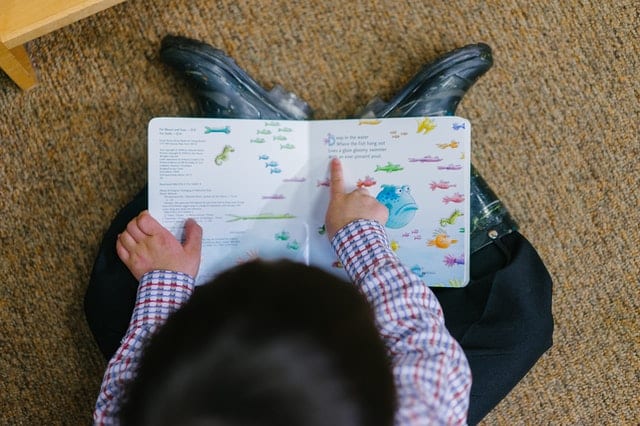We have covered the importance of learning about syllables and about rhyming. This week, as part of our 4-part series on Phonological Awareness, we are covering alliteration. So we ask again, why should we teach it to our children?
Alliteration is a way for an author to draw attention to a specific piece of text. Alliteration can give a text rhythm and movement. Alliteration can help creating rhyming opportunities and is popular in children’s books and poetry. Try reading Llama Llama Red Pajama without rhythm or a “sing-song” nature in your voice! We dare you! It’s really hard to not have rhythm in your voice with that book, largely because of the alliteration. Similar to rhymes, alliteration helps emerging readers predict what comes next and join into “reading.” Making sounds and text fun also keeps young minds engaged!

Part Three of our 4-part segment on phonological processing for Tuesday’s Talks, Tips, & Tricks is all about alliteration! Check out some fun ways to boost recognition of alliteration with your child at home!
Help your child learn to recognize word parts by identifying the first sound in a word. Your child does not need to know their letters to work on this skill!
- Reading alliterations books, the more repetition the better! Check out this post for example of books that you can use.
- Play scavenger hunt, I spy, and mystery bag games to practice identifying the first sound of common objects around your house. You can ask your child to “look for something that starts with mmm” or “I spy something that starts with sss.”
- Grabbing some coloring pages or your favorite book and work on coloring/finding images that start with different sounds.
- Play a game of sound bingo using pictures, asking your child to stamp/place a chip on “something that starts with a b.” There are several free resources online, such as this one.
Another fun game idea:
Play a name game! Try coming up with fun descriptions to add to the names of family members or pets. If your child is struggling to think of descriptors, you can help them by creating options for them to choose from – make it an added challenge by giving them descriptor choices where only one makes alliteration.
-
- Examples:
- Sally –> Silly Sally
- Daesha –> Dreamy Daesha
- Maria –> Merry Maria
- Jamari –> Jammin’ Jamari
- Thomas –> Terrific Thomas
- Jordan –> Jumping Jordan
- Examples:
